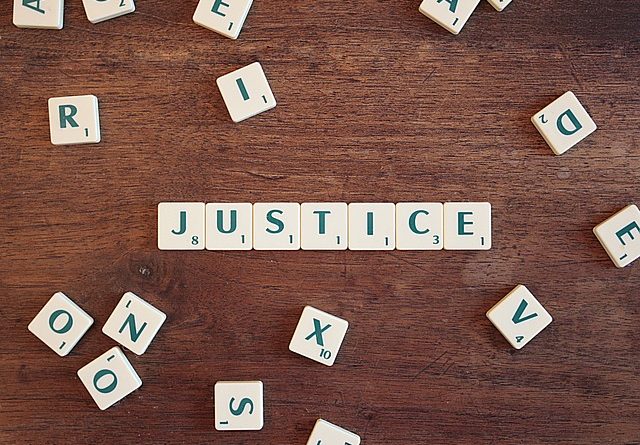Making the Invisible Visible: A Spotlight on Elderly Victims of Sexual Assault
In recent years, sexual assault has received more attention, but elderly victims are often overlooked. Sexual assault among the elderly is a serious issue in elder care and protection. Addressing this is important because older adults are especially vulnerable, often lacking the physical strength, cognitive ability, or support to defend themselves or report the crime. The silent suffering of elderly victims needs urgent action to ensure their safety and dignity.
While much of the focus on sexual assault is on younger victims, it’s important to include the elderly in the conversation. The following text will explore the hidden crisis, discussing the prevalence of sexual assault among the elderly, the challenges they face in reporting, and the physical and emotional toll it takes. It will also look at the role of caregivers and institutions, offering solutions for prevention and healing.
The Scope of the Problem
Sexual assault among the elderly is often overlooked, but it has serious consequences. Several factors increase their vulnerability, such as physical weakness, dementia, and social isolation. These conditions create opportunities for predators, especially in places where the elderly should feel safe, like nursing homes or their own homes.
Despite how serious this issue is, many people still believe sexual assault is mainly a threat to younger people, ignoring the risk for older adults. Stigma also factors in, leading to underreporting and a lack of awareness. Elderly victims may feel ashamed or fear they won’t be believed, making them less likely to seek help. A sexual assault law firm can help in seeking justice for these victims, ensuring that their voices are heard and their rights are protected.
Barriers to Reporting and Seeking Help
Even though sexual assault affects people of all ages, older victims are often not well-represented in reports or support systems. They face many challenges in seeking help, such as physical difficulties getting to police stations or medical facilities, and emotional barriers like fear of not being believed. Older adults may also feel shame or stigma that stops them from speaking up.
Additionally, systemic issues make it harder for them to access help. Many support services are not designed with the elderly in mind, such as helplines and shelters that don’t cater to their needs. As a result, many older victims are left without the support they need.
The Psychological and Physical Impact on Elderly Victims
Sexual assault has serious effects on elderly individuals, both right away and over time. Psychologically, they might experience Post-Traumatic Stress Disorder (PTSD), which includes flashbacks, intense anxiety, and fear. Depression is also common, leading to feelings of hopelessness and loneliness. These emotional issues can make everyday activities difficult.
Physically, older adults are at risk of injuries like fractures, bruises, and infections, which take longer to heal due to their age. These injuries can also worsen other health problems, such as arthritis or heart issues. Additionally, the trauma can weaken their immune system, making them more likely to get sick. The combination of mental and physical health problems can create a harmful cycle, worsening their overall well-being.
The Job of Caregivers and Institutions
Caregivers and institutions play an important role in preventing and addressing sexual assault among the elderly. Nursing homes, where many older adults live, need to have strict policies and regular training to keep their residents safe. Family members also have an important role, as they are often the first to notice and support elderly individuals.
Medical professionals, who frequently interact closely with the elderly, are in a key position to spot signs of abuse early and take action. Institutions must work together and communicate well to build a strong support system for the elderly. By creating a watchful and caring environment, caregivers and institutions can help lower the risk of sexual assault and support those who have been affected.
Pathways to Prevention and Healing
To effectively tackle and reduce the risk of sexual assault among the elderly, a varied approach is needed. This includes creating strong policies that ensure the protection and recovery of older individuals. For example, caregivers should undergo thorough background checks, and elder care facilities should have stricter regulations to ensure safety.
Community involvement is also a must. Local organizations and advocacy groups can run educational workshops and awareness campaigns to help the elderly and their families recognize and prevent abuse. Additionally, specialized training for those who work with the elderly—like healthcare providers, social workers, and law enforcement—is important. This training helps these professionals spot signs of abuse, offer supportive care, and take appropriate action.
Addressing sexual assault among the elderly requires immediate action and a shift in focus towards this often-overlooked issue. The unique vulnerabilities of older adults, combined with significant barriers to reporting and seeking help, highlight the urgent need for tailored support and preventive measures. By enhancing caregiver training, enforcing stricter regulations in elder care facilities, and fostering community awareness, we can create a safer environment for elderly individuals. Coordinated efforts are essential to ensure that older adults receive the protection and support they deserve, ultimately preserving their dignity and well-being.

